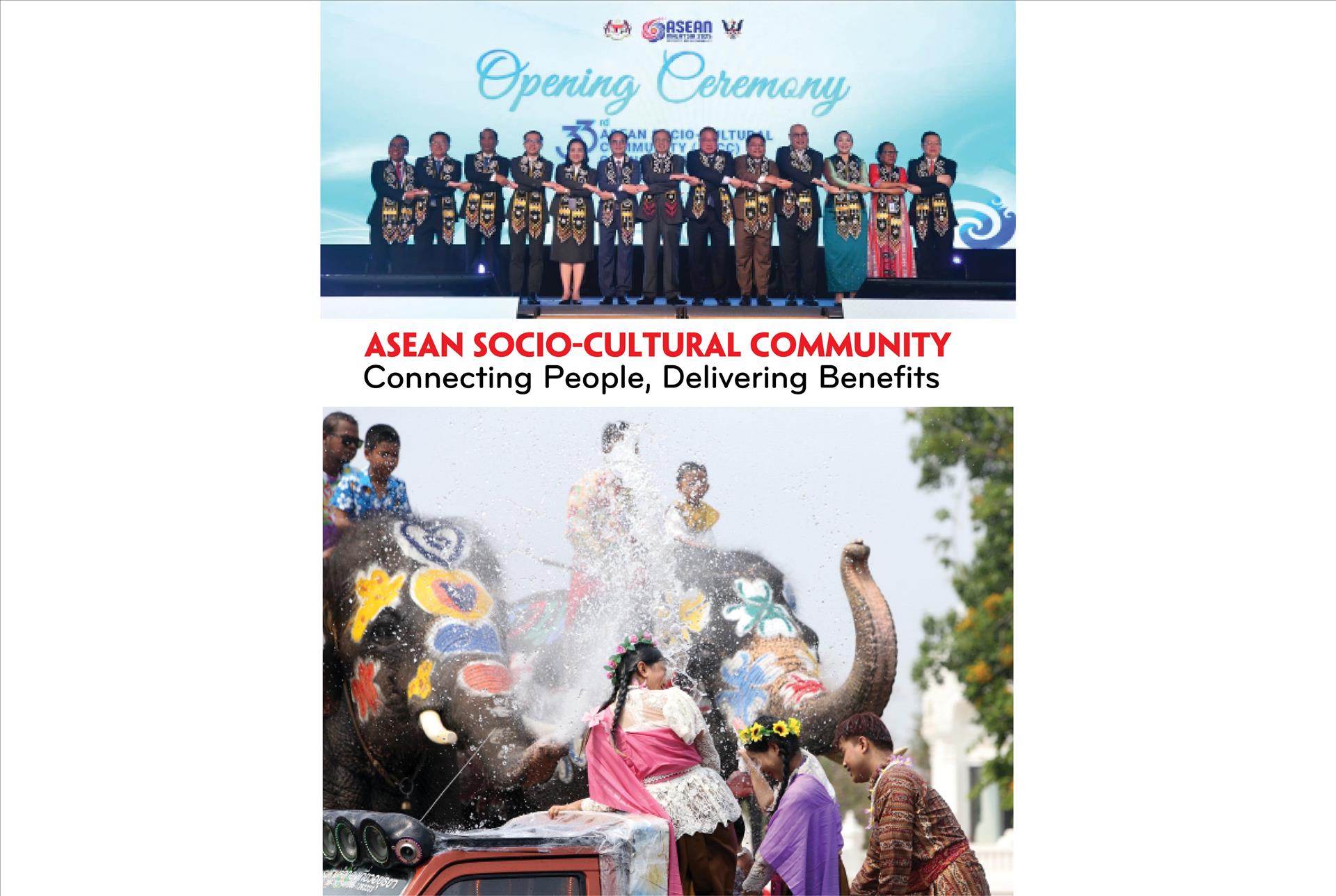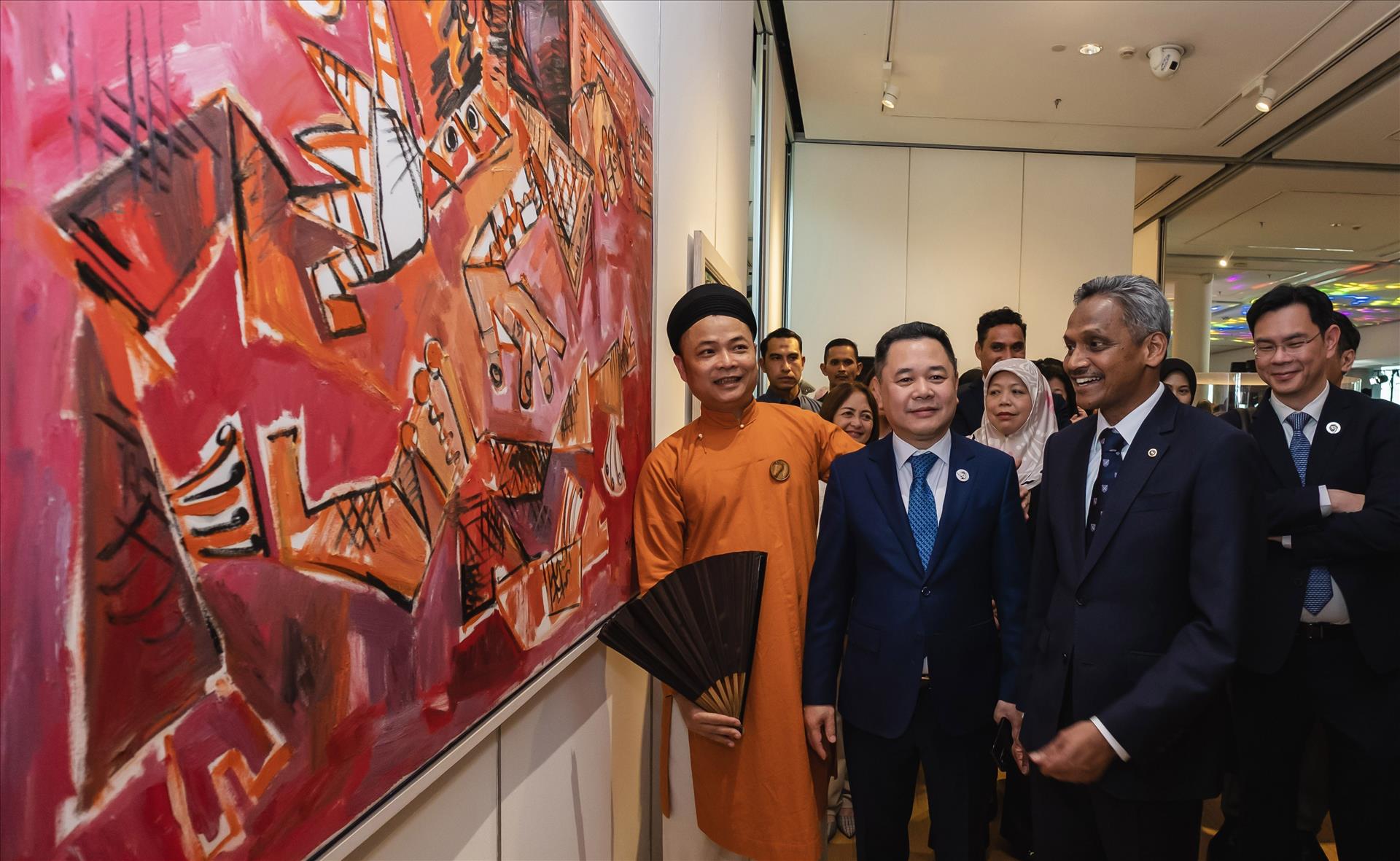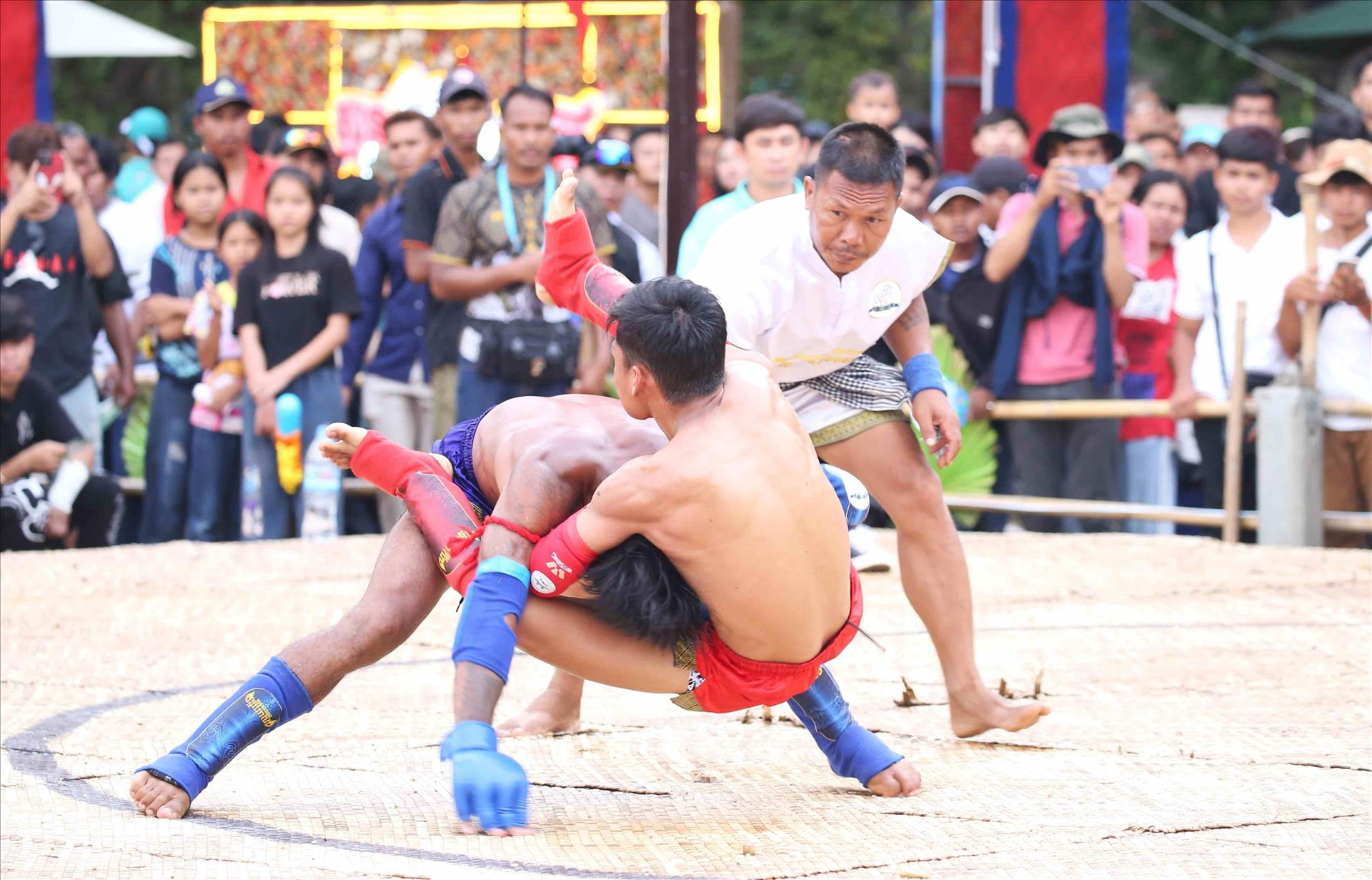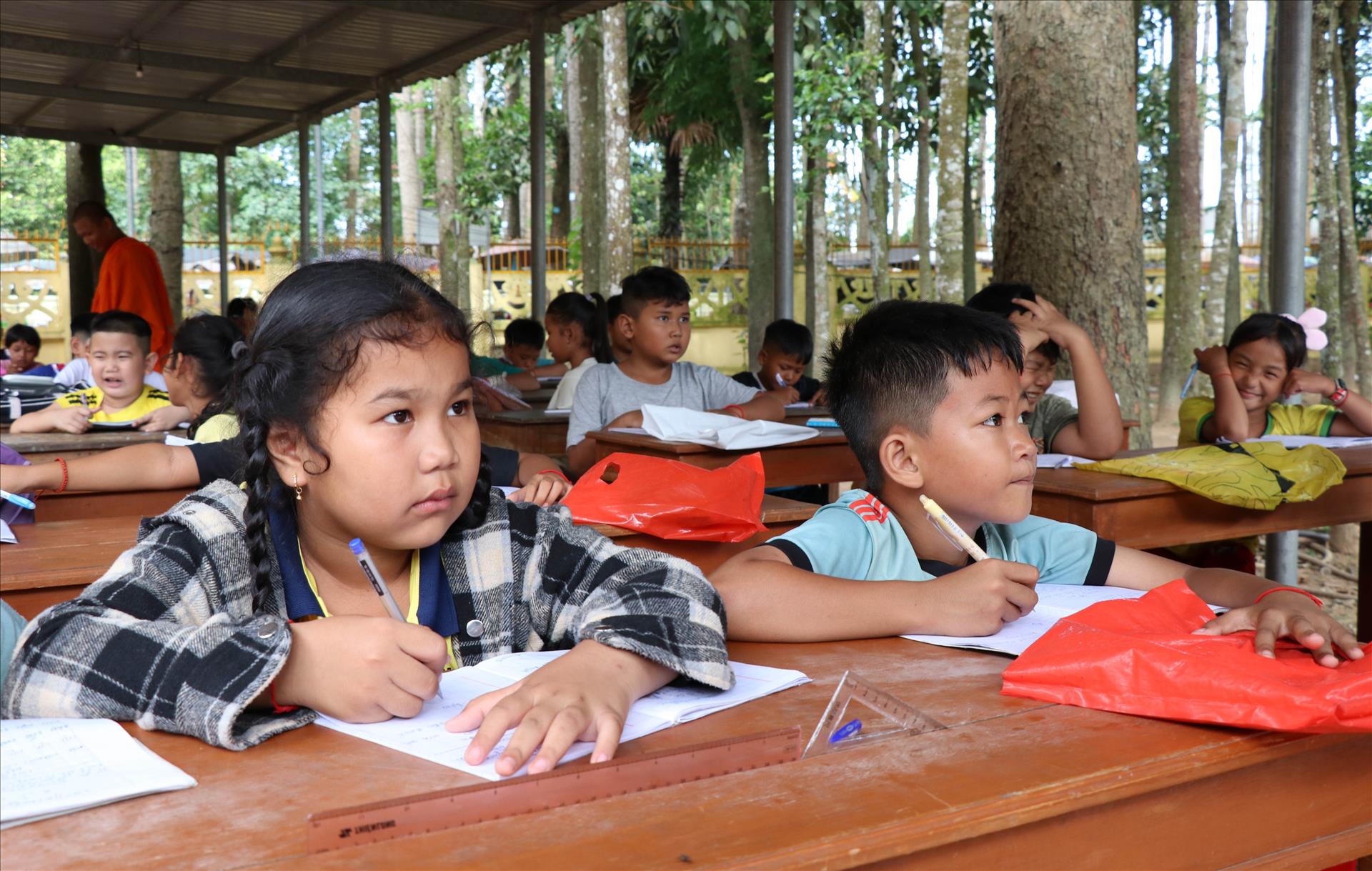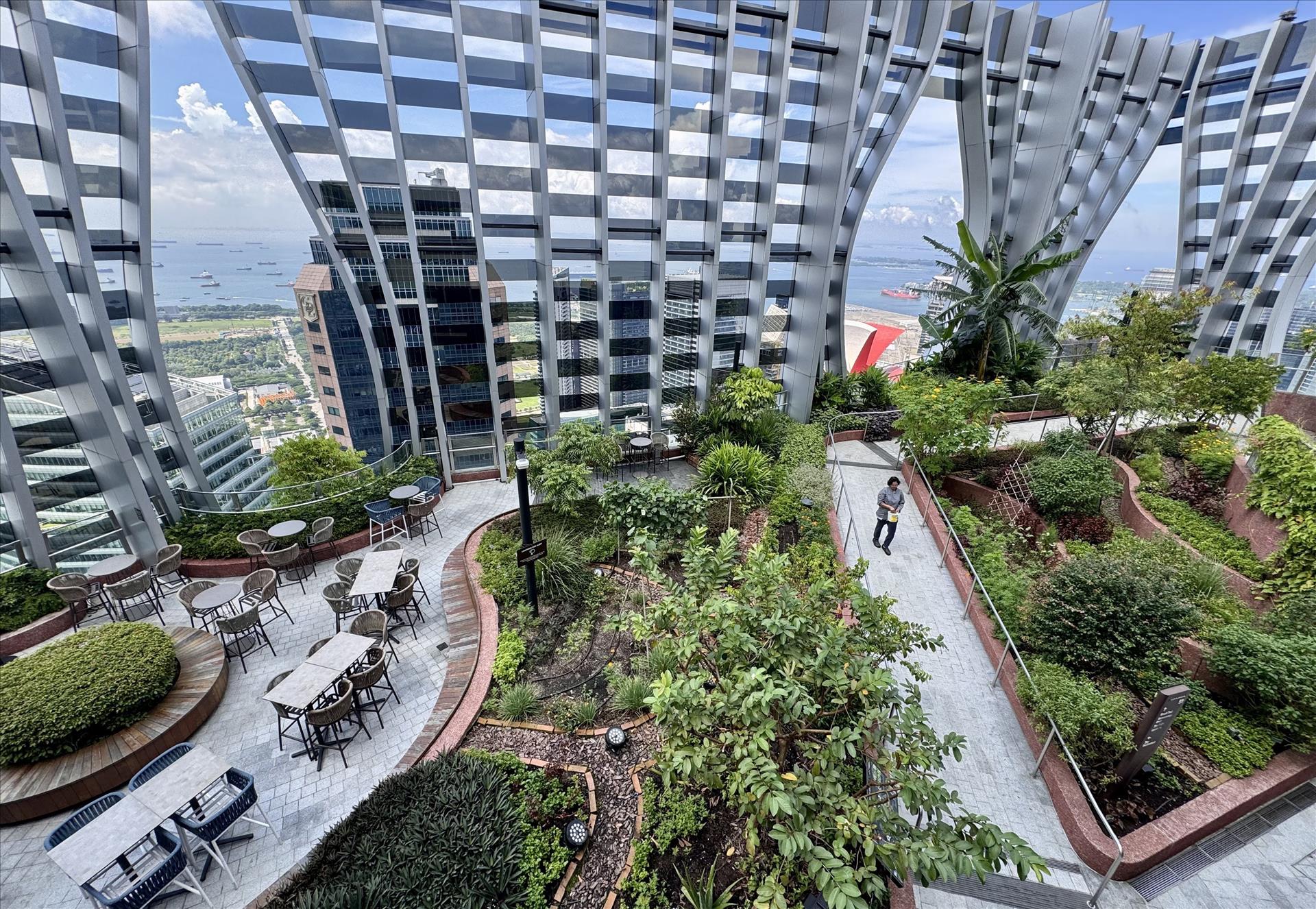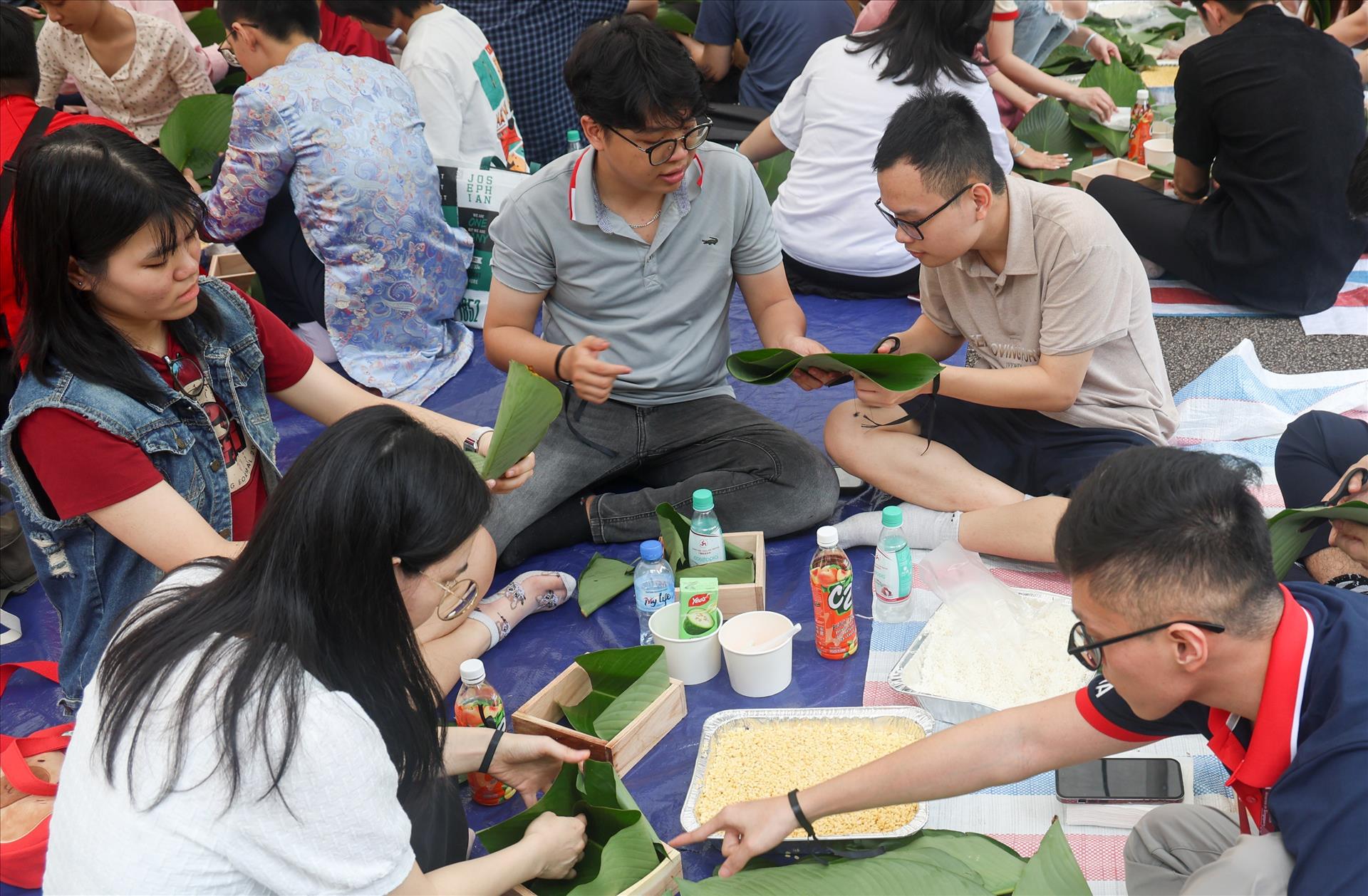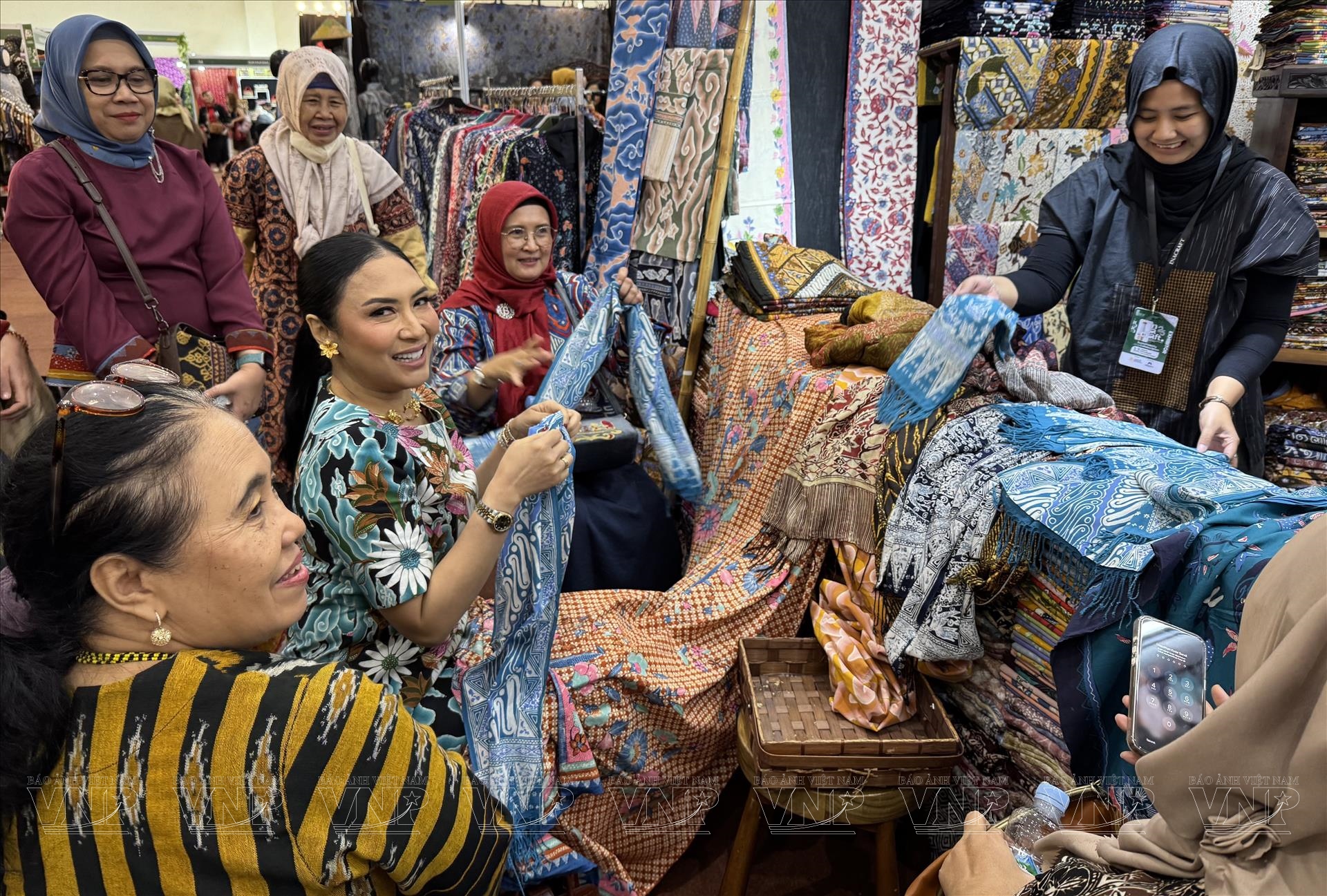ASEAN Socio-Cultural Community Connecting People, Delivering Benefits
Since its establishment in 2015, the ASEAN socio-Cultural Community (ASCC) has consistently played a vital role in uniting people and delivering tangible benefits to citizens throughout ASEAN member states. Particularly, amid strategic competition among major powers and increasing pressure on traditional multilateral institutions, ASCC's significance has grown even more essential in strengthening internal cohesion and defining ASEAN's identity on the international stage.
Looking back at a decade of development, the 33rd ASCC Council Meeting applauded the community's achievements, noting that 99% of the action lines in the 2025 Master Plan have been effectively implemented. This has significantly contributed to realizing an ASEAN Community that is truly people-oriented, people-centered, and socially responsible .
For over ten years, one of ASCC's standout achievements is the increased and substantive participation of stakeholders in the decision-making processes, which aims to enhance the quality, representation, and professionalism of its organizations' operations. Concurrently, remarkable progress has been made in human development. Data from the Asian Development Bank (ADB) shows that all 10 ASEAN member states are now in the medium or higher Human Development Index (HDI) group, marking a clear improvement in the quality of life in the region.
In the education sector, numerous practical support policies have been implemented under the ASCC framework to facilitate access to education for vulnerable groups in each member state. In Brunei, students with disabilities and special needs receive dedicated support within the national education system. In Laos, ethnic minorities and women are prioritized in education and human resource development policies.
Furthermore, Vietnam has integrated ASCC objectives into its national target program on sustainable development, which includes vocational training projects for people with disabilities. A notable example is the Center for Inclusive Education Development in Hanoi, which provides skill courses such as tailoring, information technology, and handicrafts for people with disabilities, helping them find employment in businesses or start their own ventures.
The ASEAN Socio-Cultural Community (ASCC) has identified five key priorities. These include elevating culture and heritage by creating new value and strengthening skills and adaptability to future changes brought by artificial intelligence, digital transformation, and green jobs. ASCC also aims to enhance the implementation of ASEAN initiatives to help build a more prosperous ASEAN, and to unlock the potential of youth and sports to foster growth, solidarity, and high achievement. Finally, a crucial priority is to call for a common ASEAN voice that accelerates climate action, promoting sustainable cooperation and shared responsibility in the region.
Regarding the promotion of social development and environmental protection, 362 activities have been implemented, with 63.3% completed or underway, focusing on policy formulation, training, and capacity building. The number of regional initiatives for biodiversity conservation increased from 7 to 20 during the 2016-2019 period.
On climate change, ASEAN has rolled out many regional projects supporting the implementation of member states' Nationally Determined Contributions (NDCs), collaborating with international organizations such as the UN Framework Convention on Climate Change, the Global Green Growth Institute, and the Global Environment Facility.
Furthermore, many new organizations, forums, and initiatives have emerged, creating opportunities for deeper and more diverse cooperation among member states. These include the ASEAN Music Industry Association (AMIA), the Southeast Asia School Principals Forum (SEASPF), the Veterans Confederation of ASEAN Countries (VECONAC), the ASEAN Cosmetics Association (ACA), the ASEAN Vegetable Oils Club (AVOC), the ASEAN Child Forum, and the ASEAN Youth Forum.
In conclusion, ASCC has clearly played a vital role in ASEAN's journey towards becoming a community with a shared identity, unity, and people-centered development. While the path to achieving its stated goals still faces challenges, the significant progress ASCC has made so far opens up a promising future for ASEAN, laying the groundwork for a truly substantive and profound socio- cultural cooperation.
Story: VNP Photos: VNA Translated by Hong Hanh
